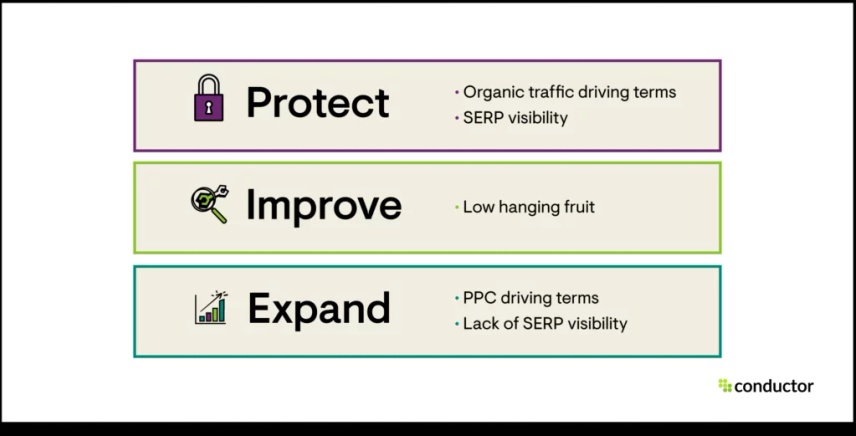Vital Guide to Secondary Dimensions in Google Analytics: Meaning, Advantages, and Applications
Vital Guide to Secondary Dimensions in Google Analytics: Meaning, Advantages, and Applications
Blog Article
Taking Advantage Of the Power of Secondary Dimension in Google Analytics to Refine Your Advertising Strategy and Drive Outcomes
Leveraging the power of second dimensions within Google Analytics opens up a world of possibilities for marketers looking for to gain deeper insights right into user habits and tailor their campaigns with accuracy. The prospective to measure campaign effectiveness with a granular lens better stresses the value of harnessing this device to drive success.
Understanding Additional Measurements
When evaluating information in Google Analytics, understanding additional measurements is critical for acquiring deeper understandings right into user habits and site efficiency. Main dimensions supply basic details such as the number of users or sessions, yet second measurements supply a more in-depth view by permitting individuals to segment and evaluate data better. By adding an additional measurement, online marketers can refine their evaluation and uncover valuable patterns that might have otherwise gone undetected.
Second measurements in Google Analytics can be applied to numerous metrics such as web traffic sources, customer demographics, and behavior circulation. As an example, by integrating the key measurement of 'landing web pages' with the second dimension of 'tool category,' marketing professionals can figure out which devices are driving website traffic to certain touchdown pages. This details can aid optimize site style and content for much better customer experience throughout various devices
Analyzing Individual Habits Patterns
To effectively comprehend individual habits patterns, a comprehensive analysis of information within Google Analytics is important. By delving into user habits patterns, marketing professionals can get useful insights into how site visitors interact with their website, which pages are most engaging, and where potential bottlenecks or drop-off points might exist in the conversion channel. Google Analytics supplies a range of devices to assess customer actions, such as actions circulation records, event tracking, and objective funnels.
Actions circulation records supply an aesthetic representation of how users navigate via the site, showing the most usual courses users take as well as where they go down off. Occasion tracking permits marketing professionals to keep track of specific interactions on the site, such as switch clicks or video sights, supplying a deeper understanding of user involvement. Goal funnels track the actions customers take in the direction of finishing a certain goal, highlighting locations for enhancement in the conversion process.
Enhancing Target Market Division
Upon examining user actions patterns, marketing professionals can even more maximize their techniques by enhancing target market segmentation methods in Google Analytics. Audience segmentation enables the classification of site site visitors into details teams based on numerous qualities such as demographics, behavior, and rate of interests. By utilizing Google Analytics' second measurements, online marketers can improve these segments also further to get deeper understandings right into their audience's choices and activities.
Enhancing audience division enables marketers to produce more targeted and individualized advertising and marketing campaigns. By determining distinctive user groups, marketing experts can tailor their messaging, material, and uses to far better resonate with each sector's distinct features and needs. This level of personalization can significantly enhance engagement, conversion rates, and general advertising efficiency.
In addition, through boosted target market division, marketing professionals can much better understand the customer trip and maximize touchpoints along the course to conversion. By analyzing how different sections connect with the website and marketing channels, online marketers can determine chances to improve customer experience, address discomfort factors, and inevitably drive even more conversions. Overall, refining audience segmentation in Google Analytics is a powerful technique for making the most of advertising efficiency and driving sustainable organization growth.
Tailoring Marketing Campaigns
Marketers can enhance their advertising projects by customizing web content and messaging to fit the unique features and requirements of details audience sections. By leveraging understandings from additional measurements in Google Analytics, marketing professionals can acquire a much deeper understanding of their target market's behavior, choices, and demographics.
With the analysis of additional dimensions such as website traffic resources, tools made use of, or geographical area, marketing experts can tweak their messaging to be a lot more impactful and pertinent. site link By customizing advertising campaigns based on insights from second measurements, businesses can optimize the performance of their initiatives and inevitably drive better ROI.
Determining Campaign Effectiveness

One crucial aspect of measuring project effectiveness is tracking conversions. By establishing goals in Google Analytics, companies can keep track of certain actions taken by customers as an outcome of the project, such as authorizing or making an acquisition up for an e-newsletter. Understanding the conversion price and the conversion path can offer important insights into the effectiveness of different advertising channels and messages.
Additionally, evaluating metrics such as click-through rates, bounce rates, and session duration can aid marketing experts analyze individual interaction and the impact of the campaign on internet site web traffic. By integrating primary metrics with Find Out More secondary measurements in Google Analytics, services can fine-tune their marketing methods, enhance campaign efficiency, and drive much better results.
Verdict
To conclude, utilizing the power of secondary measurements in Google Analytics can supply important insights right into user habits patterns, improve audience segmentation, tailor advertising campaigns, and step project efficiency. By utilizing this attribute successfully, organizations can refine their advertising and marketing methods and drive better outcomes. It is important for marketing professionals to take advantage of the data readily available through second dimensions to make educated choices and enhance their advocate maximum effect.

Report this page